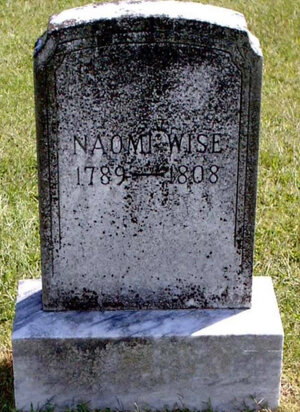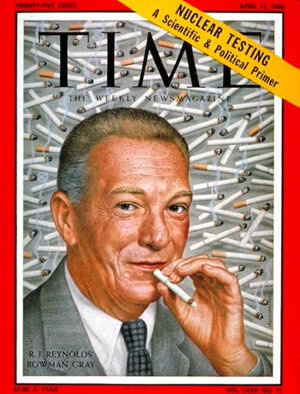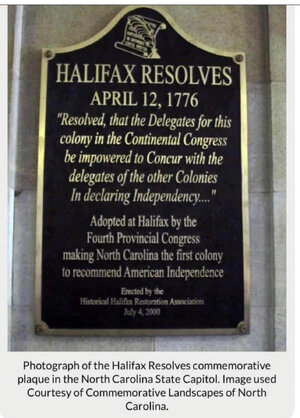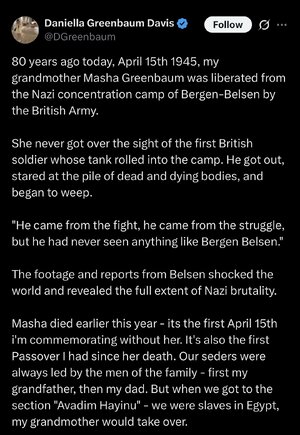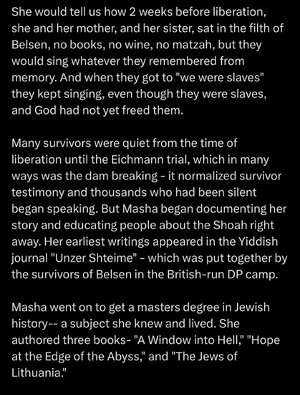donbosco
Inconceivable Member
- Messages
- 3,363
Missed this one yesterday. On April 4, 1968 MLK, Jr was assassinated. The year before on the same date at Riverside Church in West Harlem he gave a speech/sermon that was historic.
“On 4 April 1967 Martin Luther King, Jr., delivered his seminal speech at Riverside Church condemning the Vietnam War. Declaring ‘my conscience leaves me no other choice,’ King described the war’s deleterious effects on both America’s poor and Vietnamese peasants and insisted that it was morally imperative for the United States to take radical steps to halt the war through nonviolent means (King, “Beyond Vietnam,” 139).”
 kinginstitute.stanford.edu
kinginstitute.stanford.edu
“On 4 April 1967 Martin Luther King, Jr., delivered his seminal speech at Riverside Church condemning the Vietnam War. Declaring ‘my conscience leaves me no other choice,’ King described the war’s deleterious effects on both America’s poor and Vietnamese peasants and insisted that it was morally imperative for the United States to take radical steps to halt the war through nonviolent means (King, “Beyond Vietnam,” 139).”

